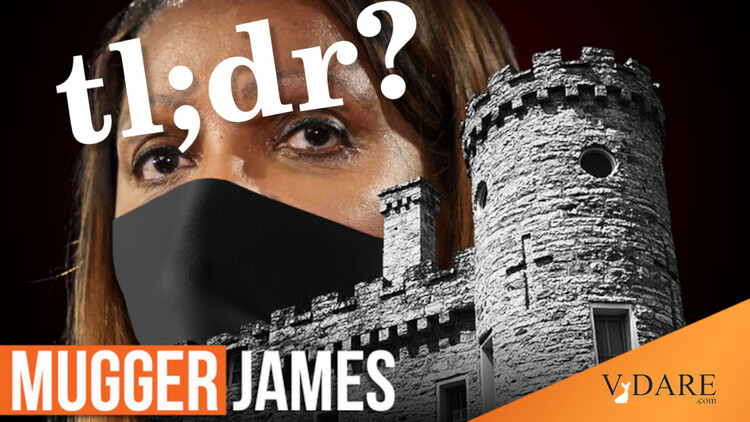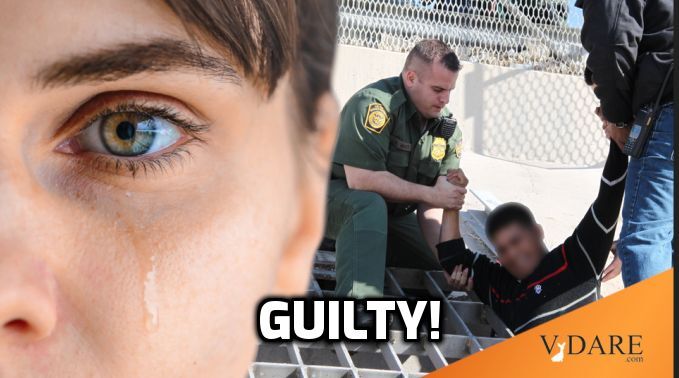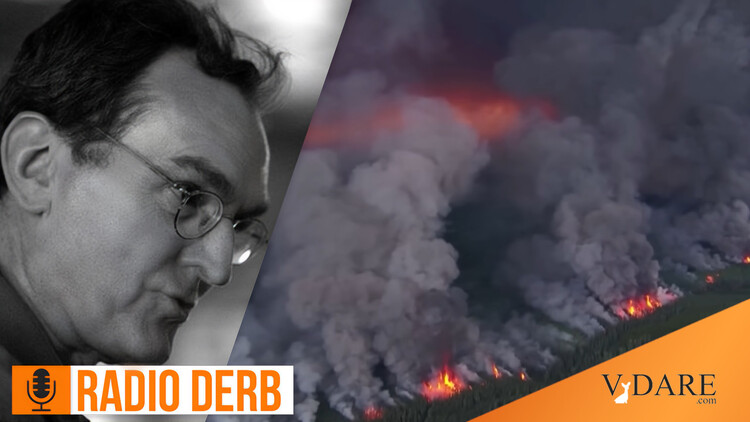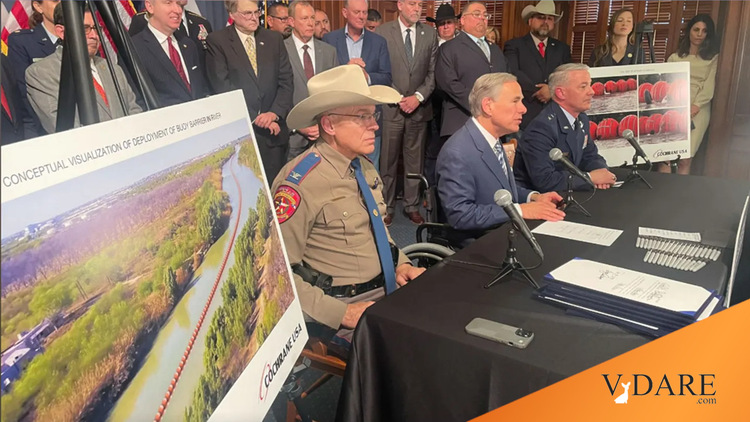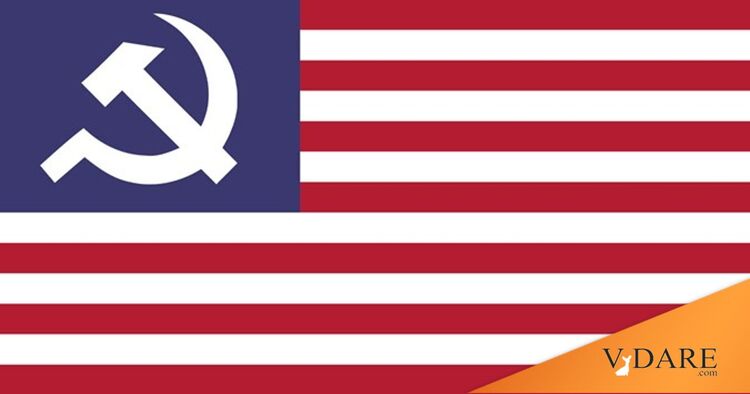Back in 2018, I pointed out that you could get some sense of the news media’s changing and unchanging obsessions by graphing over the decades how often the New York Times uses Narrative-Affirming text strings like “Emmett Till” (the black teenager murdered in Mississippi 1955) versus Narrative-Undermining text strings like “Tawana Brawley” (the black teenager who initiated our modern era of hate hoaxes in New York City in 1987):

In recent years, several academics, such as Zach Goldberg and David Rozado, have been looking into this question on a vast scale. For example, Rozado graphed the usage of social justice jargon terms in 25 major news media publications from 1970-2020 and came up with the critical finding that the Great Awokening in the mainstream media preceded Donald Trump’s 2015 ride down the elevator. Thus, it’s more plausible that Trumpism was a reaction to the Great Awokening in the press than the other way around.
But what drives the mainstream media? In a new study in Academic Questions, “Themes in Academic Literature: Prejudice and Social Justice,” Rozado now looks at social justice jargon use in academia (in the titles and abstracts of academic journal articles), and finds that terms tend to migrate from obscure academic journals to the MSM. In these graphs, the blue lines denote the use of terms like “racism” and “sexism” found in 175 million academic abstracts from 1970-2020 and the orange lines reflect the same terms’ usages in 25 million articles in the prestige news media:

Eyeballing these graphs, they tend to reflect my recollections of major trends fairly well. For instance, in the upper left corner, there was indeed a rising concern in academia and the news media with racism during the 1960s. (Unfortunately, the graphs start at 1970. It would be very helpful if somebody could extend this methodology back to the world-historical decade of change that was The Sixties.)
But as urban riots receded and the huge reforms the Civil Rights Era receded into the past, there was a cooling off of fervor over racism in the 1970s.
Then in the 1980s, as Black Studies Departments founded c. 1969 churned out papers, and once-young radical professors hired in the wake of the Sixties became more professionally dominant in academia, there was slowly growing interest in academia and the press in racism once again. This seemed to reach a tipping point and achieve take-off in the early 1990s. My recollection is that there was quite a bit of coverage of this first era of political correctness on campus: hostile in the Wall Street Journal, skeptical in the New York Times Magazine.
Press interest in “racism” stabilized in the 1990s and 2000s, but academic interest had become institutionalized and thus a large and steady literature was published each year, even though it was not exceptionally fashionable with journalists.
After a low point during the early years of the Obama Administration, which initially tended to discourage divisive talk about racism in the media until reelection was within site, news coverage started to turn up, perhaps preceding academic publications by a year or two. (Recall that academic journal articles have a much longer timeline to publication than do news stories.)
My guess is that a third factor had entered the scene in the early 2010s: social media. Reporters found it easier to expend less shoe leather and instead just check out what Black Twitter was talking about, like Trayvon Martin in 2012 and Michael Brown of Ferguson in 2014. (The fact that Black Twitter, unsurprisingly, got both stories very wrong has been memoryholed. If you can’t trust angry black people on Twitter to get the detailed facts straight before hitting “Send,” who can you trust?) The news media with its immediate deadlines was slightly quicker to respond and egg on the first Black Lives Matter era than was academia, but, soon, they were both in there doing all they could to bring about the Mostly Peaceful Protests of 2020 and the concurrent increase in blacks shooting and crashing into each other.
What about “sexism”?

American bohemian artists and intellectuals had swung hard toward male chauvinism in reaction to feminism’s annus mrabilis of 1919 when it achieved both Suffrage and Prohibition. Eventually, the anti-feminist attitudes of the cultural leaders infused academia, as you can see by the slight academic interest in “sexism” up through 1971. But by the mid-1970s, writing journal articles about “sexism” was all the rage, and remained so until the Great Awokening of roughly 2013 when it kicked into a frenzy.
News coverage of the Sexism Beat reached a peak in the early 1990s, likely to do with the Anita Hill Whoop-Tee-Doo of 1991 and (hilarious in retrospect) Bill Clinton running as the feminist candidate in 1992, the “Year of the Woman.” But then news coverage of sexism declined as it occurred to pro-Democratic journalists that talking about male chauvinists exploiting women might be a tactically imprudent during the Clinton Presidency. After “sexism” talk in the media reached a low-point during the Monica Lewinsky scandal of 1998, it slowly ramped up under Bush. There was a sharp spike in the late 2000s (maybe something to do with Sarah Palin?), then dropped during the early years of the Obama Administration, in which divisive cultural issues were downplayed in the interest of reelection.
Then the Great Awokening drove journalists and academics wild over sexism. But you can see feminists’ sudden decline in fashion in the press at the end of the 2010s and in 2020 as blacks and trans elbowed their way to the front of the line.

The term “homophobia” got a foothold in academia around 1980 and generally preceded rising interest in the press, which peaked during the first era of political correctness in the early 1990s. As gay marriage came closer to victory in the courts, journalists increasingly denounced voter resistance as “homophobia.” The news media had a spasm of excitement during the Trump Administration over homophobia, but by 2020 had to clear space for all-conquering “transphobia.”

Back in the mid-2000s, junk mail genius Morris Dees and some brilliant ex-men professors like Donald/Deirdre McCloskey worked to get to gin up a media scare over “transphobes” like Ray Blanchard and J. Michael Bailey, researchers who spilled the beans about autogynephilia. But for once, Morris, with his superb nose for the Next Big Thing, saw the Future but it was too far out to make him a lot of money.
But eventually, the turn-up in academic obsession with “transphobia” around 2011 converted into the news media getting all worked up over it a couple of years later.
I could go through each graph, making up plausible stories for each term’s rise and fall.
One general comment: there’s no Master Plan, no central headquarters at the Deep State running a carefully plotted psy-op to flog each term. There are just a lot of hustling entrepreneurs each pushing his or her or their own hobbyhorse word. Sometimes, for contingent reasons, they get lucky.




